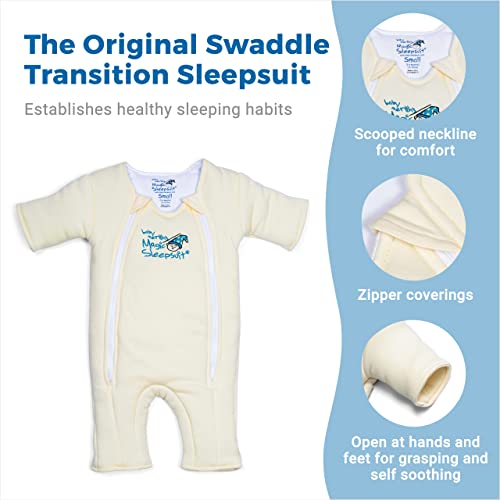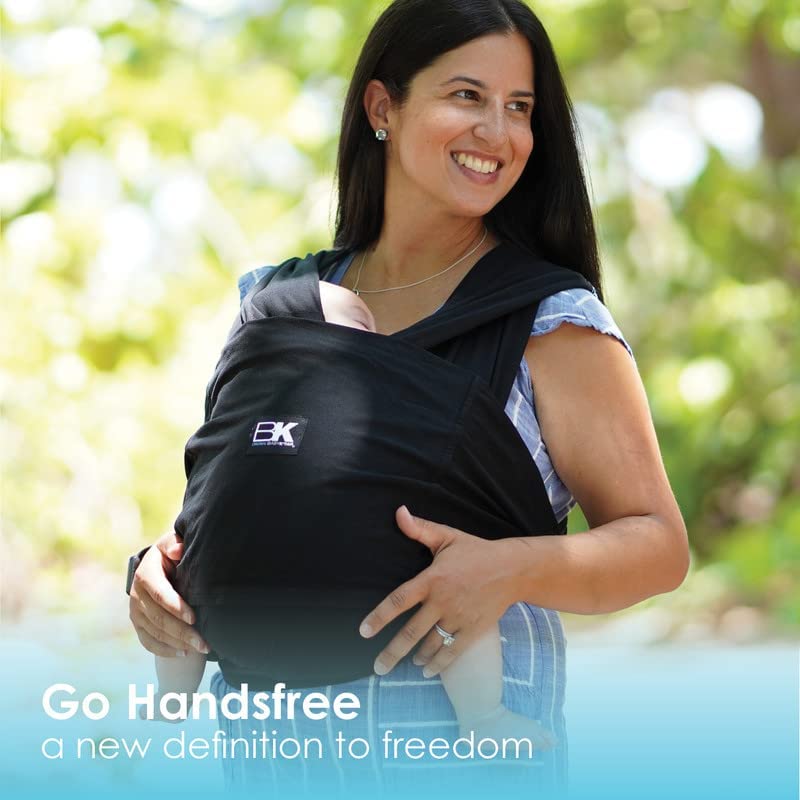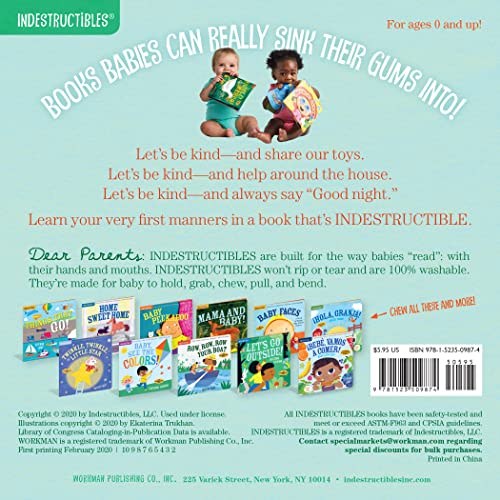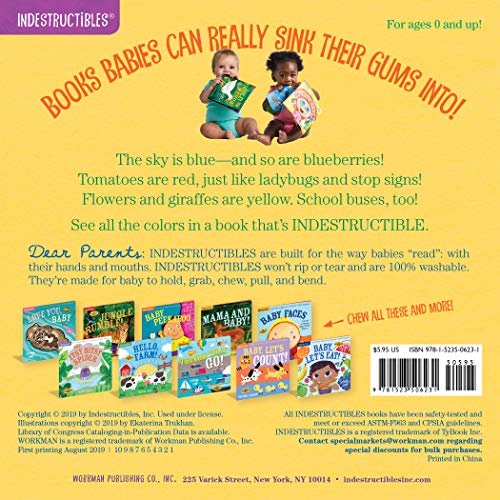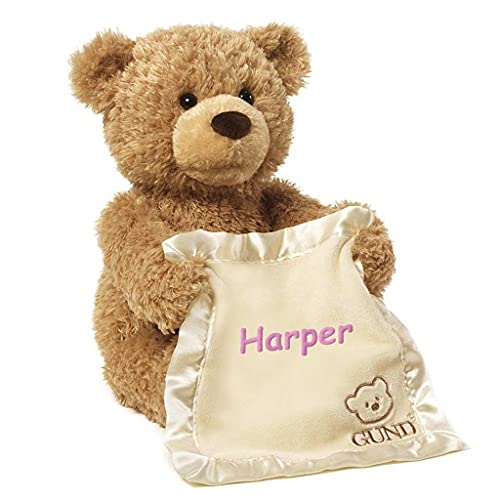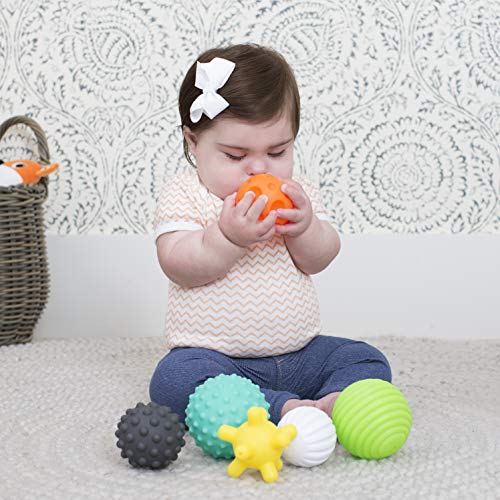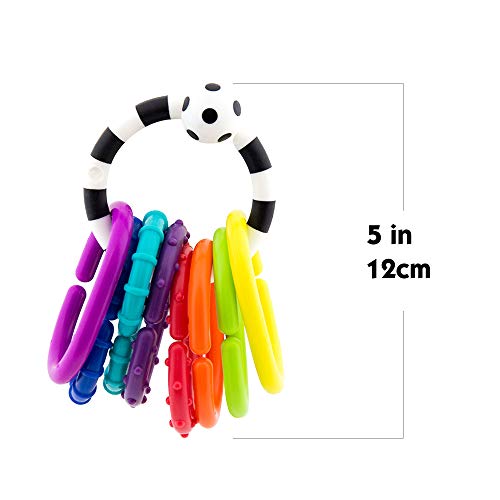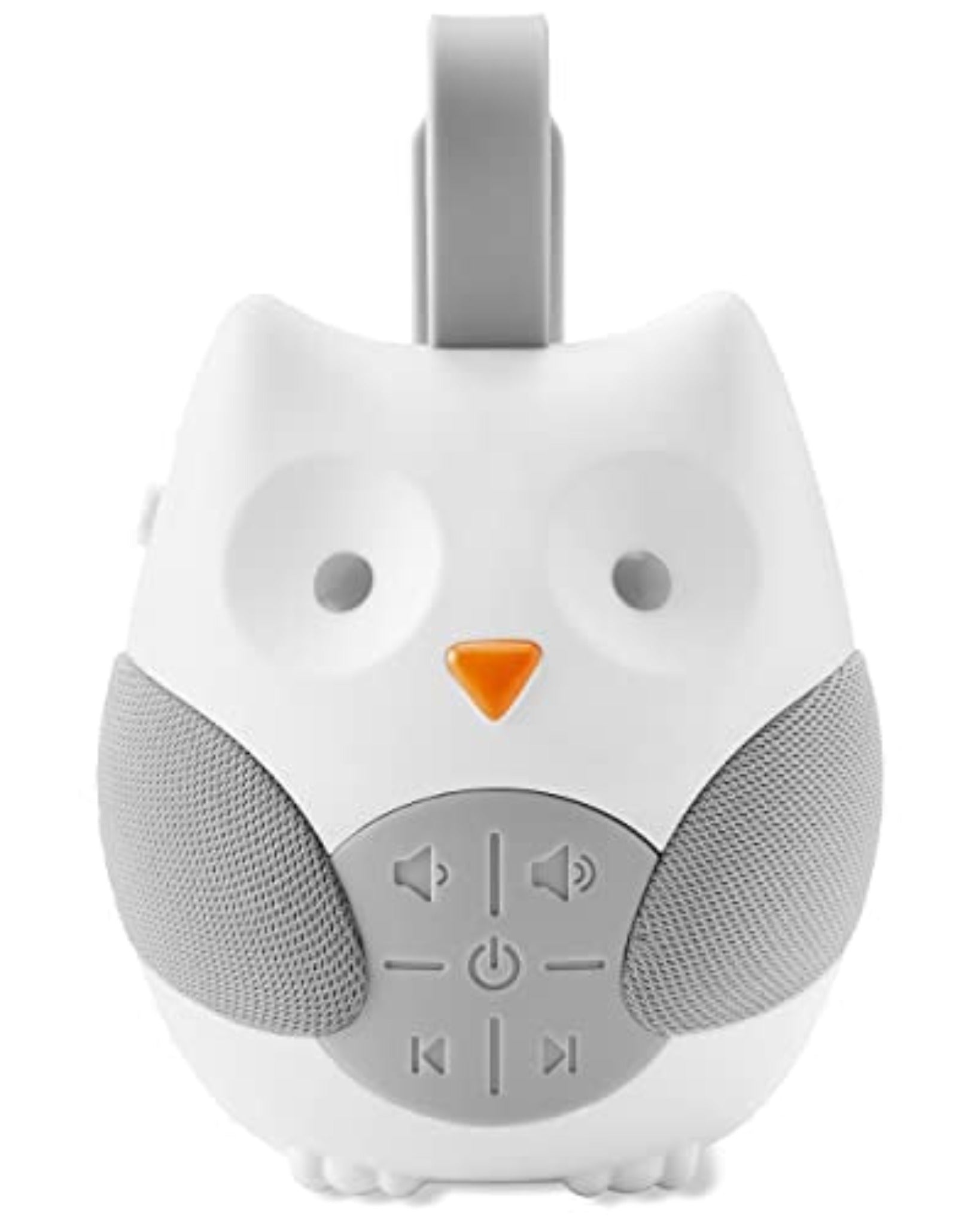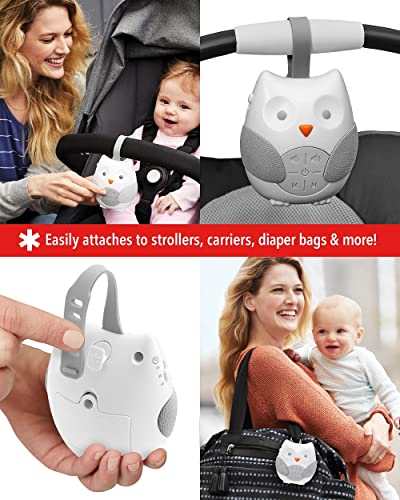
Best Toys for Babies 4-6 Months
At 4 to 6 months, your little one is becoming more aware of her surroundings with each day bringing exciting new adventures! At this age babies use similar areas of the brain as adults to process information. Her brain will continue to grow and develop as she makes major discoveries such as cause and effect (she drops a toy, you pick it up). The right toys offer learning opportunities that can instill skills your baby needs to learn at this age in order to thrive. Explore brain-building toys across 5 key development areas.
4-6 Months Social & Emotional Development
Your baby will start to know familiar people, and break out in full laughter at this age providing opportunities to strengthen your bond with her.

4-6 months Social & Emotional
Milestones
- Recognizes familiar people
- Likes to look at herself in a mirror
- Laughs

4-6 months Social & Emotional Development
How You Can Help Your Baby Thrive
- Learn to read how your baby is feeling. If she's upset, take a break from what she is doing, and comfort her.
- Help your baby learn to calm down. Talk softly, hold and cuddle her, rock, or sing to her, or let her suck on a pacifier or her finger. You may offer a favorite toy, lovey or stuffed animal/plush toy. Continue with age-appropriate musical toys, and books.
- Create a soft photo book for your baby to help her learn who's who in the family. This can be especially helpful when close family members live far away.
4-6 Months Language & Communication Development
At this age, you'll start to have a bit more back and forth with your 'conversations'.

4-6 months Language & Communication
Milestones
- Blows “raspberries” (places the tongue between the lips, or alternately placing the lips against any area of skin, and blows).
- She takes turns making sounds with you.
- Squeals.
- Begins to babble and make. repetitive sounds, such as "ba-ba" and "ma-ma".
- Responds to their own name.
- Begins to imitate sounds and facial expressions.
- Starts to understand simple words, such as "no" and "bye-bye".

4-6 months Language & Communication
How You Can Help Your Baby Thrive
- Limit screen time (TV, tablets, phones, etc.) to video calls with loved ones. Screen time is not recommended for children under the age of 2 years. Babies learn by talking, playing, and interacting with other people. Read books instead.
- When your baby looks at something, point to it and name it/talk about it.
top list
Baby Toys for 4-6 Months Language and Communication Development
Check out the full collection here.
4-6 Months Cognitive Development
Around this age, your little one will discover a new game—tossing toys and food from his crib or the high chair. This in turn, teaches her about cause and effect (she drops, you pick up). You'll also notice she’ll start to look for objects that have gone overboard. This is her budding sense of object permanence (“Hey! Maybe my lovey isn’t gone for good!”). You can help your baby's brain development through 'serve and return.' When your baby 'serves' you a behavior or language, 'return' it by responding positively to it.

4-6 months Cognitive
Milestones
- Explores things by putting them in her mouth
- Reaches to grab toys she wants
- Closes her lips to show that she doesn’t want more food/milk
- Developing object permanence, which means realizing that objects still exist even when they can't be seen
- Starting to reach for and grasp objects intentionally
- Recognizing their own name and responding to it
- Engaging in more complex vocalizations, such as laughter and squeals

4-6 months Cognitive
How You Can Help Your Baby Thrive
- Play music and sing to your baby to help her brain develop. Age-appropriate music players and toys, as well as books are great ways to develop your baby's cognitive skills.
- When she drops a toy on the floor, pick it up and give it back. This game helps her learn about cause and effect.
4-6 Months Motor Development
Your baby is becoming more mobile and you can start to take tummy time to a more advanced level now helping your baby to develop her motor skills further.
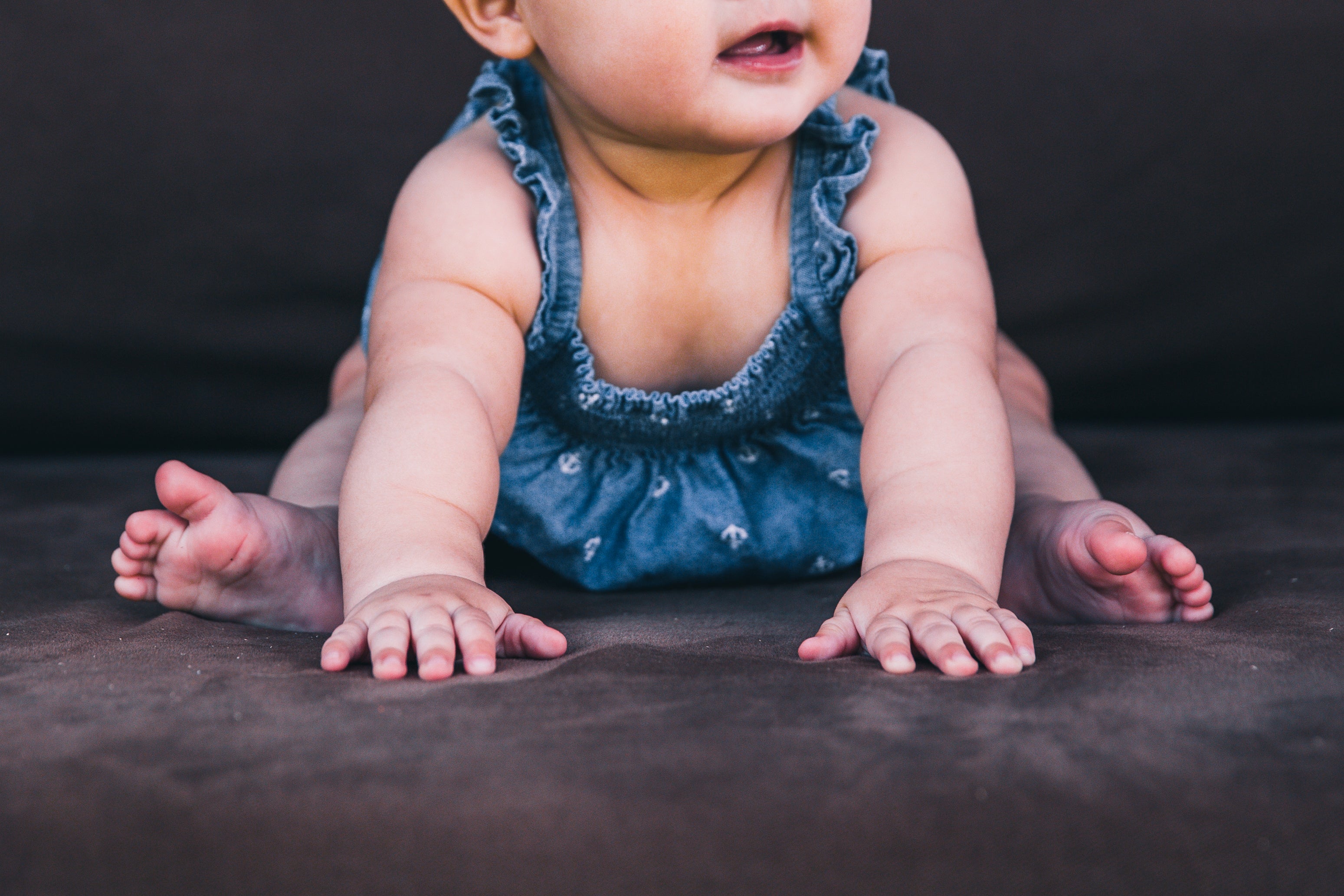
4-6 months Motor Development
Milestones
- Able to roll from tummy to back (or vice versa)
- Pushes up with arms straight when on tummy
- Leans on hands to support herself when sitting
- Although no longer an official milestone based on CDC (Centers for Disease Control and Prevention), your baby might start to crawl. Babies will crawl typically, if they crawl before walking, between age the of 6 and 11 months.

4-6 months Motor Development
How You Can Help Your Baby Thrive
- Playing on the floor or play mat with your baby every day helps her to move, learn, and explore.
- Continue with tummy time. Put your baby on her tummy or back and - in addition to standing mobiles - put toys (e.g. rattles) just out of reach but in her line of vision. Encourage your baby to roll over to reach the toys. Tummy time support pillows can be helpful.
- Hold your baby up while she is in a seated position. Seated support pillows can be helpful. Have her look around and give her toys to look at while she learns to balance herself.
- Hold your baby with both of your hands securely under her arms and let her stand while you continue to hold her. Look around with your baby and label what you can see while she is standing.
- Give your baby toys such as rattles and maracas to help her develop her grasping skills and hand eye coordination.
- If you notice your baby is making an attempt to crawl, non-slippage socks with friction not only at the bottom but at the front of the sock can help.
4-6 Months Sensory Development
Your baby's vision is improving, her hearing is developing and solid foods will open a whole new world of sensory experiences for her in the form of different flavors and textures.

4-6 months Sensory Development
Milestones
- Sight: Babies this age can see much farther away (several feet or more) than just a few months ago. They can usually focus without going cross-eyed and can tell the difference between different colors.
- Hearing: Babies can hear and pick up on the different sounds you make and the way words form sentences.
- Touch/Taste: Teething usually begins around at 6 to 12 months, but for some babies a tooth can appear as early as 4 months.
- Smell/Taste: When she's started solids, will use her senses of smell and taste to decide whether they like a new food. May react by smiling, gesturing, or making noises if they enjoy a food.

4-6 months Sensory Development
How You Can Help Your Baby Thrive
Sight:
- Show your baby age appropriate flash cards.
- Babies this age enjoy more complex patterns and color variations. Try reading books with large, brightly colored pictures to your baby, who will enjoy staring at the pages.
- If your baby has been looking at the same toys or crib mobile for several months, now is a good time to change the scenery.
- Stimulate your baby's vision with trips out into the world. Walks in the neighborhood, a trip to the supermarket, or an outing to the local zoo all provide wonderful opportunities for your baby to see new things.
- At 6 months it's recommended that babies start wearing sunglasses (prior to that, infants should be kept out of the sun as much as possible).
Hearing:
- Introduce your baby to different voices and sounds. For example, whispers, clapping, or funny noises. Observe if your baby looks or is curious and see which sounds she prefers.
- Expose your baby to music and different sounds through musical players and toys, night light sound machines, rainmakers and rattles.
- Avoid loud places to protect your baby's hearing, but if you must take her, be sure to protect her ears with noise cancelling baby earmuffs.
Touch:
- Your baby will enjoy toys and books with different textures. See if your baby likes to touch the silky trim of the baby blanket, feel the texture of a plush toys/stuffed animal or sensory ball. Let him or her safely explore surroundings.
- If your baby is teething, you can alleviate her discomfort with teethers and teether pacifiers.
Taste:
- Talk with your baby’s doctor about when to start solid foods (typically around 6 months), what foods are choking risks and how to offer them in a safe manner. Breast milk and/or formula will still be the most important source of “food” for your baby. Once your baby begins eating solids, purchase age-appropriate cutlery for her, and let her explore different flavours via e.g. feeder pacifiers.
- It's recommended to let your baby try one single-ingredient food at a time at first to see if she gets food allergies. It's best to wait 3 to 5 days between each new food.
- Learn cues that indicate your baby is hungry or full. Pointing to foods, opening his mouth to a spoon, or getting excited when seeing food are signs that she is hungry. Pushing food away, closing her mouth, or turning his head away from food tells you that she's had enough.
Sources:
https://courses.lumenlearning.com/wm-lifespandevelopment/chapter/physical-development/
https://www.whattoexpect.com/first-year/playtime/object-permanence-in-babies/
https://www.cdc.gov/ncbddd/actearly/milestones/milestones-6mo.html
https://kidshealth.org/en/parents/senses-6mos.html
https://www.rightbraineducationlibrary.com/post/2017/05/03/5-types-of-baby-flash-cards-you-need












